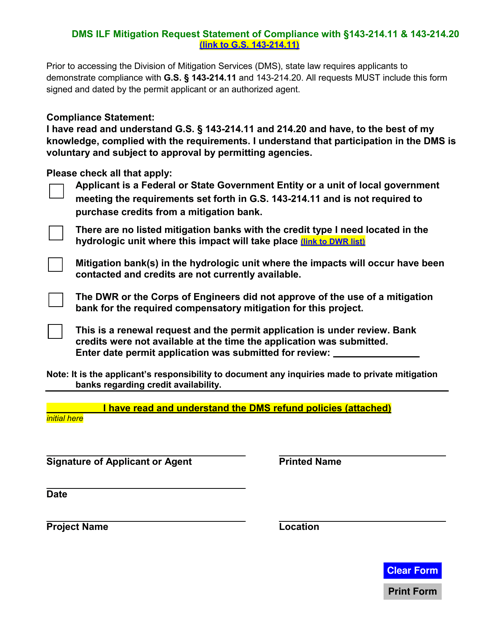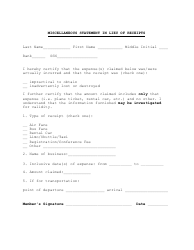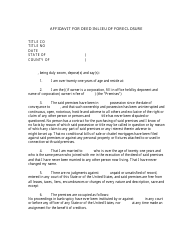In-lieu Fee Requests for Wetlands, Streams and Riparian-Buffer Mitigation - North Carolina
In-lieu Fee Requests for Wetlands, Streams and Riparian-Buffer Mitigation is a legal document that was released by the North Carolina Department of Environmental Quality - a government authority operating within North Carolina.
FAQ
Q: What is an in-lieu fee request for wetlands, streams, and riparian-buffer mitigation in North Carolina?
A: An in-lieu fee request is a process through which developers or landowners can pay a fee instead of directly mitigating wetlands, streams, or riparian buffers on their own property.
Q: Who can submit an in-lieu fee request?
A: Developers or landowners who have a project that will impact wetlands, streams, or riparian buffers in North Carolina can submit an in-lieu fee request.
Q: How does the in-lieu fee program work?
A: Through the in-lieu fee program, the fee collected from developers or landowners is used to fund mitigation projects elsewhere that will compensate for the impacts to wetlands, streams, or riparian buffers.
Q: Who manages the in-lieu fee program in North Carolina?
A: The North Carolina Division of Mitigation Services (DMS) manages the in-lieu fee program and oversees the selection and implementation of mitigation projects.
Q: Are there any requirements for submitting an in-lieu fee request?
A: Yes, there are specific requirements regarding the type and size of the impacted areas, as well as the timing of the fee payment, that must be met in order to submit an in-lieu fee request.
Q: What are the benefits of the in-lieu fee program?
A: The in-lieu fee program allows for a more streamlined and efficient process for developers and landowners, while also ensuring that the impacts to wetlands, streams, and riparian buffers are appropriately mitigated.
Q: Can in-lieu fee payments be used for projects outside of North Carolina?
A: No, the in-lieu fee payments collected in North Carolina can only be used for mitigation projects within the state.
Form Details:
- Released on June 30, 2019;
- The latest edition currently provided by the North Carolina Department of Environmental Quality;
- Ready to use and print;
- Easy to customize;
- Compatible with most PDF-viewing applications;
- Fill out the form in our online filing application.
Download a fillable version of the form by clicking the link below or browse more documents and templates provided by the North Carolina Department of Environmental Quality.








